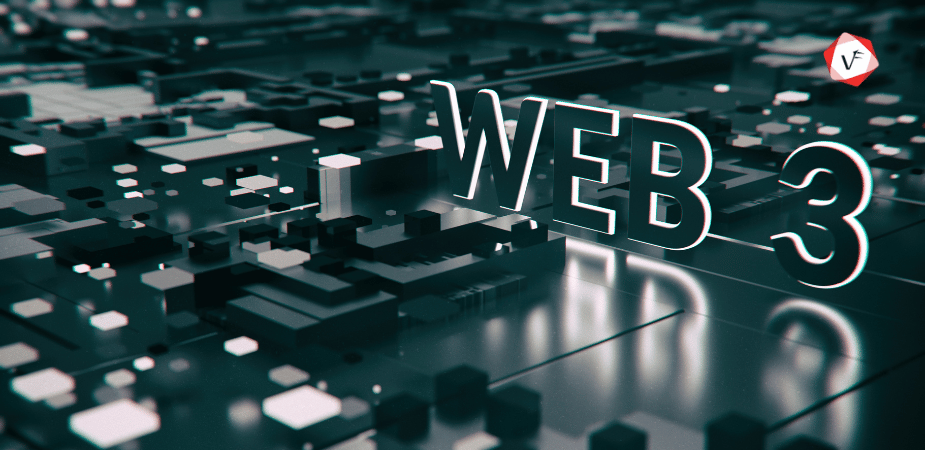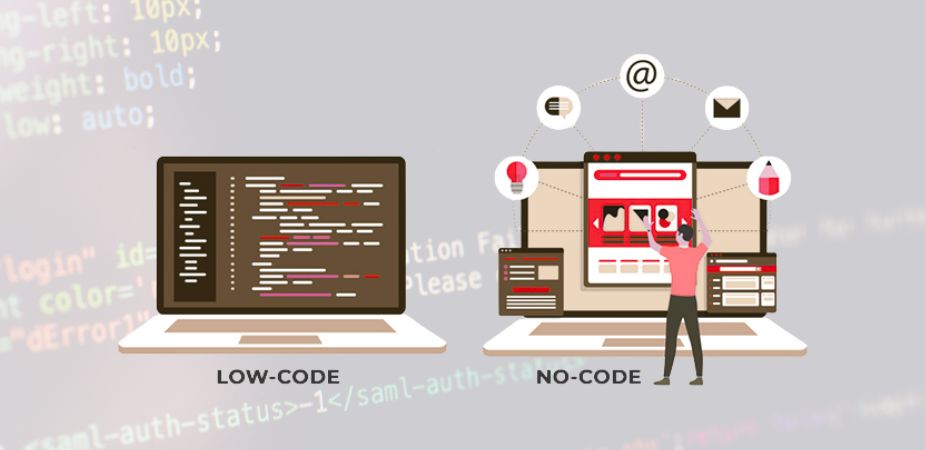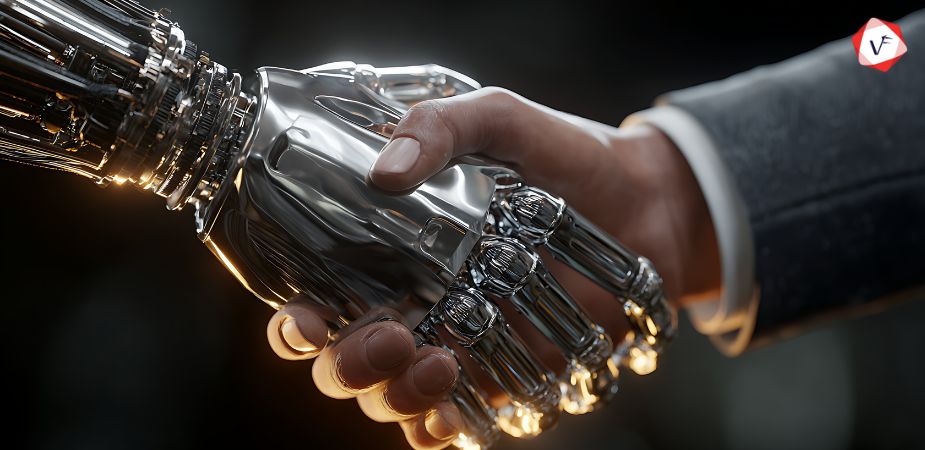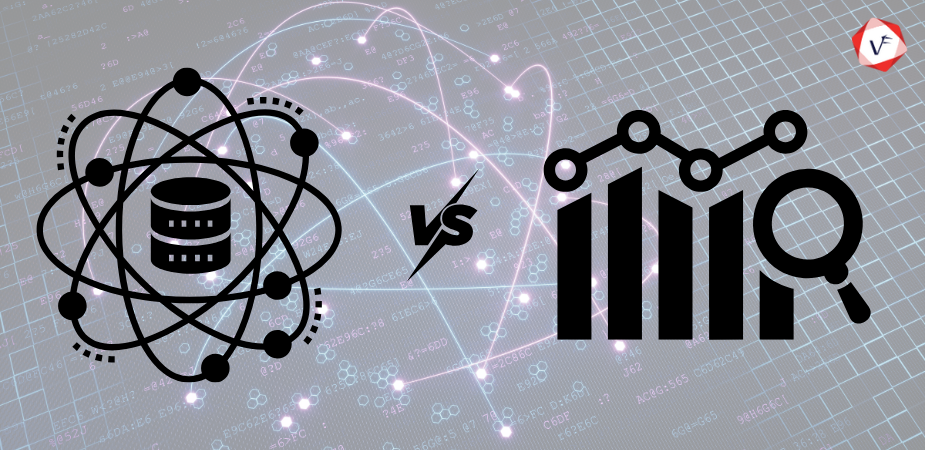As we move into 2025, the decentralized web is set to redefine how we interact with the internet, offering greater security, privacy, and autonomy to users. Web 3.0 is at the forefront of this transformation. The rise of blockchain technology, decentralized applications (dApps), smart contracts, and the metaverse signals a significant shift from the centralized platforms of Web 2.0 to a more user-centric ecosystem.
In this article, we will explore key Web 3.0 trends for 2025, focusing on advancements in blockchain development, NFTs, decentralized finance (DeFi), metaverse integration, AI-powered Web3 solutions, and more. Additionally, we will provide insights into how these emerging technologies will shape the future of the Internet and offer predictions for Web 3.0 in 2025.
The Rise of Decentralized Applications (dApps)
One of the most significant Web 3.0 trends in 2025 will be the continued growth of decentralized applications (dApps). Unlike traditional applications, which rely on centralized servers, dApps operate on blockchain networks, ensuring greater security, transparency, and user control.
Why Are dApps Gaining Popularity?
- Enhanced Security – Since dApps run on blockchain technology, they are less susceptible to data breaches and hacking attempts.
- Censorship Resistance – No single entity controls a decentralized application, making it difficult for governments or corporations to impose restrictions.
- Smart Contract Integration – dApps utilize smart contracts to automate transactions without intermediaries, reducing costs and increasing efficiency.
- User Ownership – Users have full control over their data and digital assets, aligning with the core principles of Web 3.0.
With leading blockchain platforms like Ethereum, Binance Smart Chain, and Solana optimizing their infrastructure, we can expect a surge in dApp adoption across various sectors, including finance, healthcare, gaming, and supply chain management.
The Expansion of Decentralized Finance (DeFi)
Decentralized finance (DeFi) has already disrupted the traditional financial sector, and its growth will continue into 2025. The DeFi ecosystem leverages blockchain technology to offer financial services without relying on intermediaries such as banks or financial institutions.
Key DeFi Trends for 2025
- Institutional Adoption of DeFi – Traditional banks and investment firms are exploring DeFi solutions, integrating them into their financial products.
- Cross-Chain Compatibility – Interoperability between different blockchain networks will enhance liquidity and improve user experience.
- DeFi Regulation – Governments worldwide are working on regulatory frameworks to provide legitimacy while ensuring security and compliance.
- Yield Farming and Staking Advancements – More sophisticated staking mechanisms and yield farming strategies will attract investors seeking passive income.
Non-Fungible Tokens (NFTs) Will Go Beyond Digital Art
In recent years, non-fungible tokens (NFTs) have revolutionized the digital art world, but in 2025, their applications will extend far beyond art and collectibles. The next wave of NFT adoption will focus on real-world use cases, such as:
- NFT-Based Identity Verification – Secure, blockchain-powered identity management will reduce fraud and enhance security.
- Real Estate & Property Tokenization – Web 3.0 real estate solutions will enable fractional ownership of properties using NFTs.
- Gaming & Virtual Assets – Play-to-earn (P2E) gaming models will thrive, allowing players to own and trade in-game assets as NFTs.
- Music and Entertainment Rights – Artists and content creators will use NFTs to retain control over royalties and digital rights.
With industries embracing NFT technology, we can expect a more decentralized economy where users have true ownership over their digital assets.
The Metaverse and Web 3.0 Convergence
By 2025, we anticipate a more developed metaverse ecosystem, integrating:
- Blockchain-Powered Virtual Economies – Users will buy, sell, and trade digital assets using cryptocurrencies and NFTs.
- Decentralized Social Media – Platforms will be built on blockchain networks, eliminating data privacy concerns and corporate control.
- Virtual Workspaces & Events – Businesses will operate in Web 3.0 metaverse environments, improving collaboration and productivity.
- AI & VR Enhancements – Artificial intelligence and virtual reality (VR) will create more personalized and interactive experiences.
Artificial Intelligence (AI) in Web 3.0
AI will play a critical role in:
- Blockchain Security & Fraud Detection – Machine learning algorithms will detect and prevent fraudulent activities in Web 3.0 applications.
- Personalized dApps – AI-driven recommendations will enhance user experiences on decentralized platforms.
- Smart Contract Optimization – AI will improve the efficiency and security of smart contract development.
- Decentralized Autonomous Organizations (DAOs) – AI-powered governance models will enhance decision-making in DAOs.
Predictions for Web 3.0 in 2025
As Web 3.0 adoption accelerates, several transformative changes will take place:
- Mass Adoption of Blockchain-Based Solutions – More businesses and industries will integrate blockchain into their operations.
- Greater Focus on Decentralized Identity – Users will gain more control over their personal data through Web3 identity solutions.
- Enhanced Interoperability – Cross-chain communication will become seamless, improving the efficiency of Web 3.0 applications.
- Regulatory Clarity – Governments will establish clearer policies on cryptocurrencies, DeFi, and NFTs, fostering mainstream adoption.
- Decentralized Cloud Computing – Traditional cloud storage will shift to decentralized storage solutions, enhancing security and accessibility.
Emerging Web 3.0 Technologies in 2025
1. Decentralized Autonomous Organizations (DAOs) Will Gain Traction
Decentralized Autonomous Organizations (DAOs) are blockchain-based governance structures that operate without centralized control. DAOs enable users to participate in decision-making processes through transparent, smart contract-driven mechanisms.
Why DAOs Are the Future of Governance?
- Transparent Decision-Making – All transactions and votes are recorded on the blockchain, ensuring accountability.
- Community-Led Control – Instead of relying on executives or managers, DAOs allow token holders to propose and vote on changes.
- Borderless Operations – DAOs are accessible to anyone with an internet connection, removing geographical barriers.
- Automated Execution – Smart contracts ensure that decisions are implemented automatically, reducing the need for intermediaries.
By 2025, DAOs will extend beyond DeFi and NFTs, influencing sectors such as social media, gaming, content creation, and corporate governance.
2. Web 3.0 and Decentralized Identity (DID) Solutions
One of the most pressing issues in Web 2.0 is the lack of data privacy and security. Users’ personal information is stored in centralized databases controlled by corporations, making it vulnerable to breaches. Web 3.0 identity solutions offer a decentralized identity (DID) framework, allowing users to control their personal information securely.
Features of Decentralized Identity (DID)
- Self-Sovereign Identity (SSI) – Users have complete ownership and control over their identity data.
- Blockchain-Based Authentication – DID eliminates the need for passwords by leveraging cryptographic keys for authentication.
- Interoperability Across Platforms – Decentralized identities can be used across multiple Web 3.0 applications without creating new accounts.
- Elimination of Data Breaches – Since DID solutions don’t rely on centralized servers, the risk of hacking is significantly reduced.
By 2025, DID solutions will be widely adopted in sectors such as healthcare, finance, and government services, ensuring privacy and security for individuals.
3. Decentralized Social Media Platforms Will Replace Traditional Networks
Centralized social media platforms like Facebook, Twitter, and Instagram have long been criticized for their data privacy policies, censorship, and control over user-generated content. Web 3.0 social media platforms will offer a more transparent, user-owned alternative.
The Future of Decentralized Social Media
- User-Owned Data – Unlike traditional platforms, Web 3.0 social networks will allow users to monetize their content while retaining full ownership.
- No Censorship – Decentralized networks will operate without a central authority, preventing unnecessary content removal.
- Tokenized Incentives – Users will be rewarded with cryptocurrency or governance tokens for creating, sharing, and engaging with content.
- Enhanced Security & Privacy – Blockchain-based authentication will prevent unauthorized data collection and profiling.
4. The Evolution of Web 3.0-Powered Search Engines
Search engines in Web 2.0 are controlled by tech giants that dictate search rankings, filter content, and collect user data for advertising. In contrast, Web 3.0 search engines will be decentralized, privacy-focused, and powered by blockchain technology.
How Web 3.0 Search Engines Differ from Traditional Search Engines
- No Data Tracking – Unlike Google and Bing, Web 3.0 search engines won’t track users or store browsing history.
- Decentralized Indexing – Search results will be generated by decentralized networks instead of corporate-controlled algorithms.
- User Rewards – Some Web 3.0 search engines will reward users with tokens for using their platforms and engaging with content.
- Transparency in Ranking Algorithms – Unlike proprietary algorithms, Web 3.0 search engine rankings will be open-source and verifiable.
5. Edge Computing and Web 3.0: A Perfect Match
The growing need for faster data processing and lower latency in Web 3.0 applications will push businesses toward edge computing solutions. Unlike traditional cloud storage, where data is processed in centralized data centers, edge computing enables real-time processing closer to the source.
Benefits of Edge Computing in Web 3.0
- Faster Transaction Speeds – Edge computing will enhance blockchain processing times, making dApps more efficient.
- Reduced Network Congestion – Distributed networks will prevent latency issues commonly associated with centralized cloud computing.
- Enhanced Data Privacy – Since edge computing processes data locally, user information remains more secure.
- Support for IoT and Smart Devices – Web 3.0-enabled IoT applications will benefit from real-time data processing at the edge.
By 2025, edge computing will be a key enabler of Web 3.0, allowing decentralized applications to function seamlessly across various devices and networks.
Final Thoughts
Web 3.0 trends for 2025 indicate a future where decentralization, blockchain technology, AI, and the metaverse converge to create a more secure, efficient, and user-centric internet. As we move forward, the adoption of Web 3.0 applications, NFTs, DeFi, and AI-driven solutions will redefine industries, fostering a new era of innovation. For businesses looking to harness the power of Web 3.0 development, Vofox’s Web3 development services offer impressive solutions tailored to meet evolving digital needs. With expertise in blockchain development, smart contracts, decentralized applications, and NFT integration, Vofox is the ideal partner to navigate the decentralized future. Contact us to get started soon.





